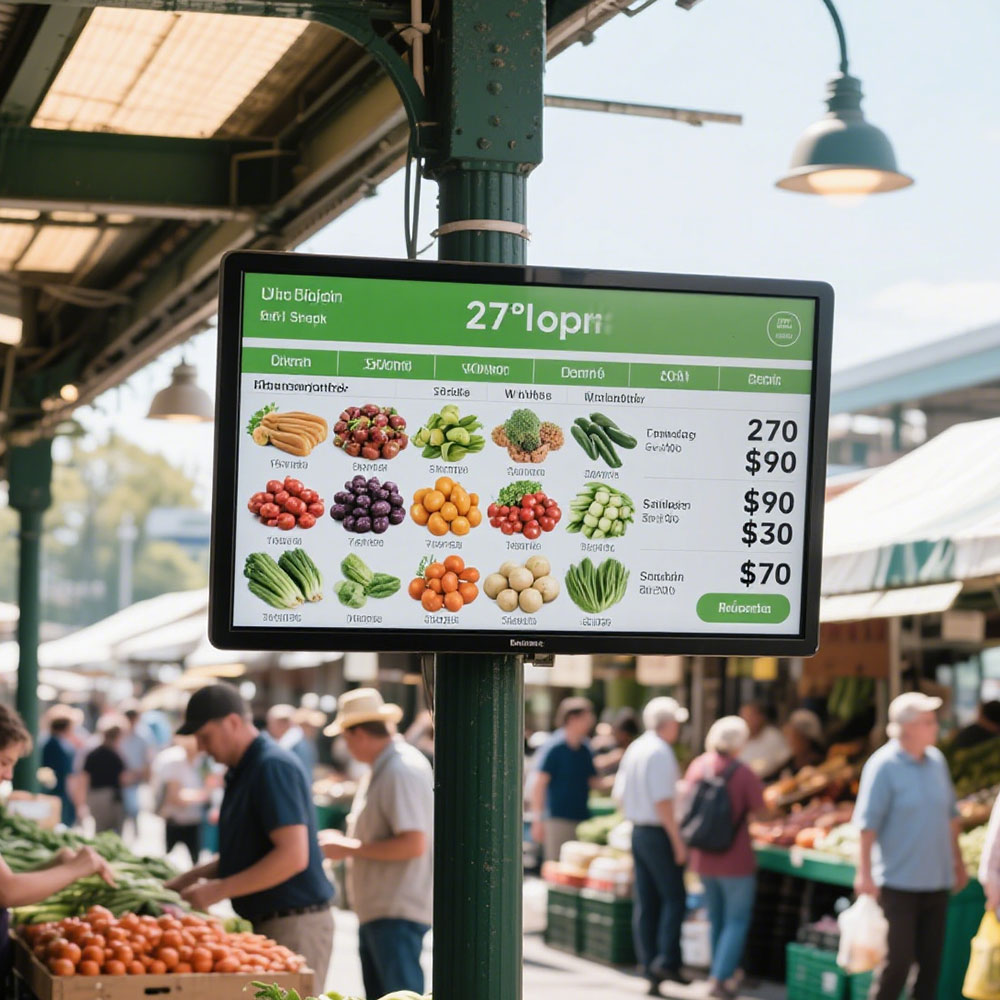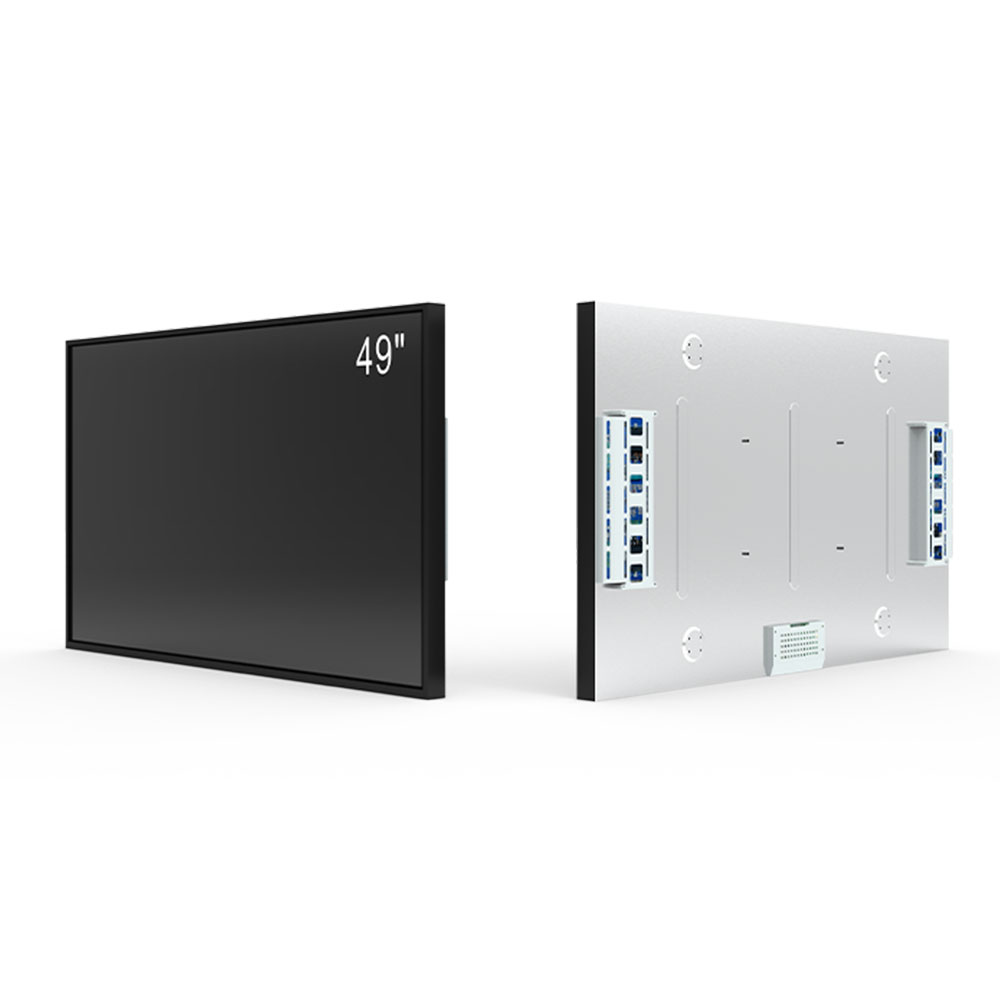When designing outdoor LCD screens for industrial, transportation, or public information applications, achieving an IP66 waterproof rating is not just a feature—it’s a necessity. The IP (Ingress Protection) rating system, defined by IEC 60529, specifies how well a device resists the intrusion of solid objects (like dust) and liquids (like water). An IP66 rating means the screen is completely dust-tight (6) and protected against powerful water jets from any direction (6)—a critical requirement for deployment in rain, snow, or high-humidity environments such as highways, construction sites, or marine facilities.
To meet this standard, manufacturers must integrate multiple layers of protection. First, the housing design must use sealed enclosures made from corrosion-resistant materials like aluminum alloy or stainless steel. Gaskets—typically EPDM or silicone—are used around seams, buttons, and cable entries to prevent water ingress. These gaskets must be tested under dynamic pressure conditions simulating real-world exposure, often using spray tests per IEC 60529 Annex B.
Second, internal components must be safeguarded. This includes conformal coating on PCBs to resist moisture and condensation, sealed connectors with O-rings, and waterproof cables with reinforced strain relief. For example, a study by the University of Sheffield in 2021 found that conformal-coated circuit boards in outdoor displays showed 93% less failure rate after 6 months of continuous rain exposure compared to uncoated counterparts.
Third, thermal management becomes more complex under IP66 constraints. Sealed enclosures trap heat, so engineers must incorporate passive cooling solutions like heat pipes or active systems like fans rated at IP67 or higher to maintain safe operating temperatures without compromising water resistance. In some cases, air-to-air heat exchangers are used to balance internal pressure while keeping moisture out—a technique widely adopted in military-grade outdoor displays.

Real-world case studies support these practices. A major European transit authority deployed 120 IP66-rated outdoor LCDs across bus shelters in coastal cities. After two years of exposure to saltwater spray, wind-driven rain, and temperature swings from -10°C to +40°C, only 2% of units required maintenance—demonstrating that proper IP66 implementation ensures long-term reliability.
In summary, achieving IP66 waterproofing for outdoor LCD screens involves a holistic engineering approach: robust mechanical sealing, protective electronics, intelligent thermal design, and rigorous testing. It's not merely about meeting a standard—it’s about building trust with users who depend on these displays for safety, communication, and operational continuity in demanding environments.








